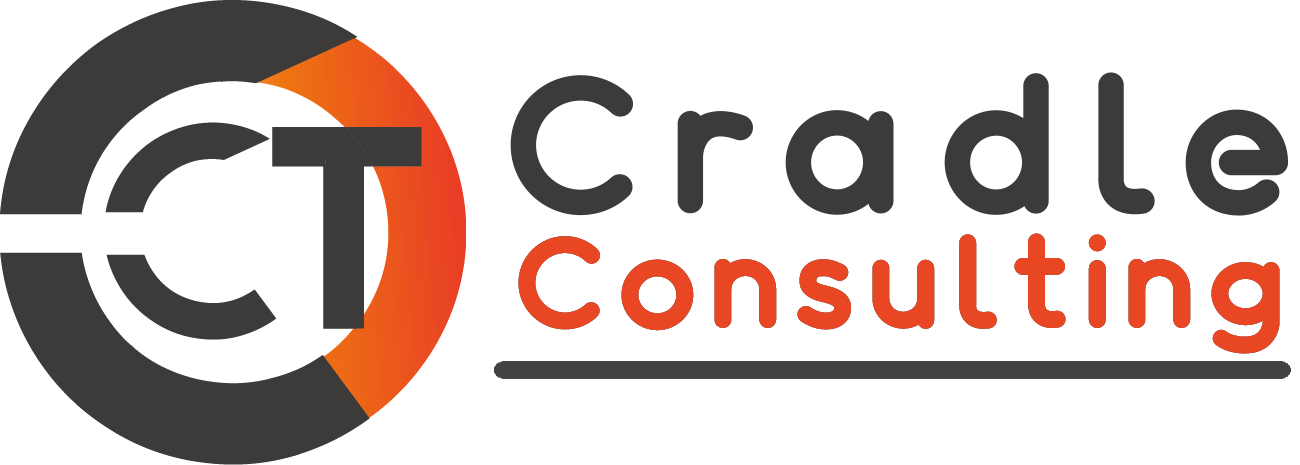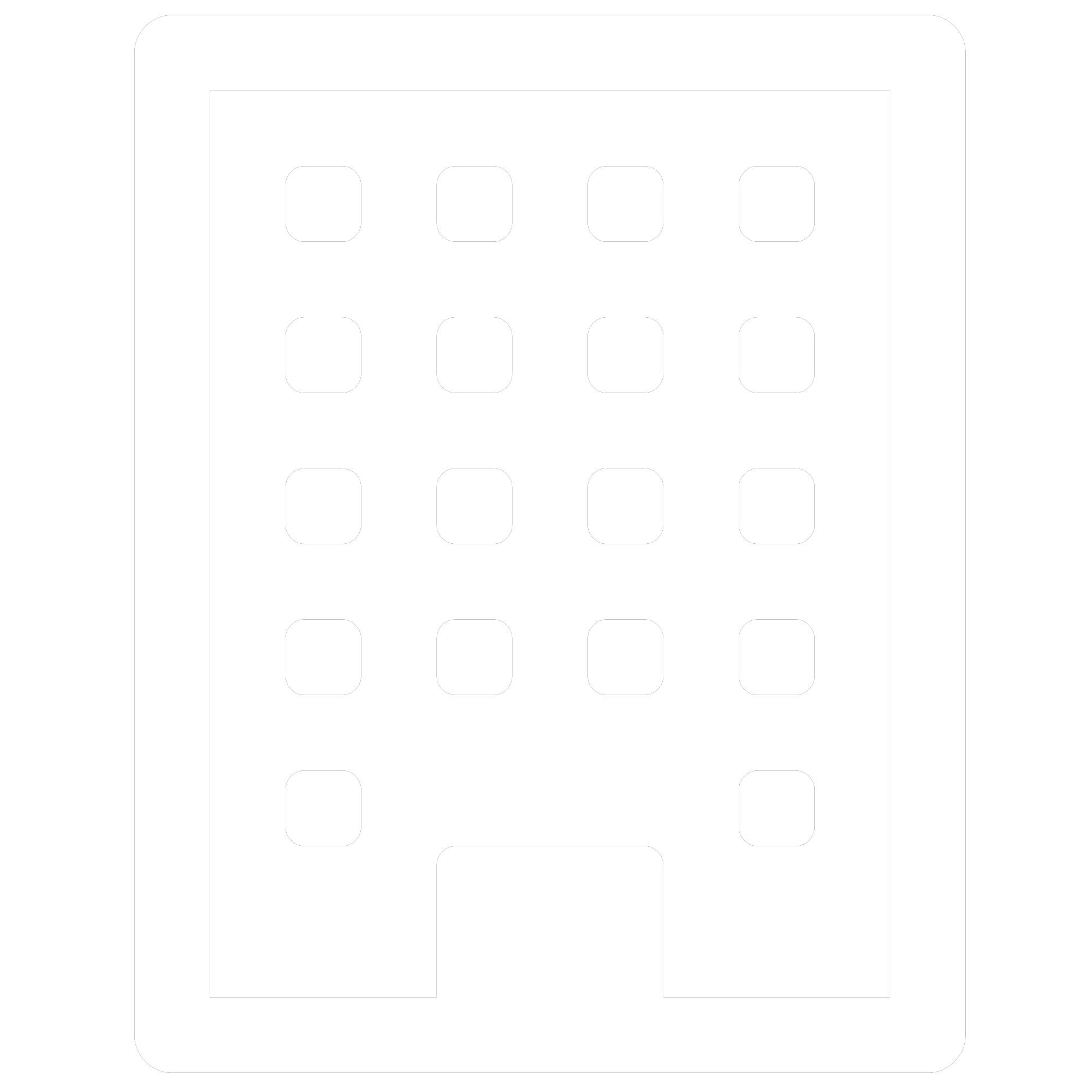Coronavirus Puts Engineers job at Risk
The civil aviation industry has put the lion's share of aerospace work on hold, but airlines have cut back on flight operations in recent weeks, parts manufacturers have announced slowdowns and closures, and GE Aviation announced on March 22 that it would lay off or dismiss employees involved in maintenance, repair and overhaul (MRO) for at least three months. IAM employs more than 1,000 people, many of whom rely on airborne orders for commercial aircraft.
The company's CEO, Lawrence Culp Jr., is waiving his salary for the rest of 2020, and vice-chairman David Joyce will waive his $1.5 million salaries over the same period, according to the company.
The company's CEO, Lawrence Culp Jr., is waiving his salary for the rest of 2020, and vice-chairman David Joyce will waive his $1.5 million salaries over the same period, according to the company.

COVID-19 Research
Professor Oliver Hofstetter worked with the NIU Office of Technology Transfer to find industrial partners to develop and manufacture a rapid test to detect the COVID virus, which causes the most common form of cancer in humans, the human coronavirus. The project is part of a comparative study carried out in collaboration with the College of Business and international partners, as CO VID-19 is a global phenomenon.
Hofstetter said the test would not require expensive instruments, should deliver results in just 10 minutes, could be performed by anyone, and is designed as a point-of-care home test. Assayer believes that dealing with changes in working conditions will be important as the pandemic progresses. Anecdotally, most companies seem to be coping with more people working from home, but not all.
Hofstetter said the test would not require expensive instruments, should deliver results in just 10 minutes, could be performed by anyone, and is designed as a point-of-care home test. Assayer believes that dealing with changes in working conditions will be important as the pandemic progresses. Anecdotally, most companies seem to be coping with more people working from home, but not all.

How CAE Works From Home
This situation makes it clear that working from home can be part of the solution, but there is a need to force companies to have a house where people work, where it will prove more efficient than an office, saving time for travel and personal interaction.
The pandemic also reinforces the need to work on global challenges and engage in citizen science. The world needs more scientists now, and this is a good time to invest in science, but there is no panic. Take a break to think even more about how useful you could be as a scientist for humanity.
The coronavirus pandemic has completely turned the lives and jobs of engineers around the world upside down. Although engineers are an essential part of our society, many are asked to continue working in stressful times. In order to assess the state of the engineering profession in these difficult times, the magazine Maschinenbau recently asked our readers how they deal with this and what challenges they face.
The pandemic also reinforces the need to work on global challenges and engage in citizen science. The world needs more scientists now, and this is a good time to invest in science, but there is no panic. Take a break to think even more about how useful you could be as a scientist for humanity.
The coronavirus pandemic has completely turned the lives and jobs of engineers around the world upside down. Although engineers are an essential part of our society, many are asked to continue working in stressful times. In order to assess the state of the engineering profession in these difficult times, the magazine Maschinenbau recently asked our readers how they deal with this and what challenges they face.

How Engineer helps in fighting against Coronavirus
Companies across the technical spectrum are offering their help, and work is already underway to build more than 30,000 devices in the wake of the coronavirus pandemic.
This will hopefully put pressure on the authorities, who could use technical expertise to minimize the worst effects of the virus. But what else can engineers do, if anything, to help in a national or global crisis? Given the possibility of an outbreak stretching back to the Middle East and North Africa (MENA).
This will hopefully put pressure on the authorities, who could use technical expertise to minimize the worst effects of the virus. But what else can engineers do, if anything, to help in a national or global crisis? Given the possibility of an outbreak stretching back to the Middle East and North Africa (MENA).
Visualizing the Occupations with the Highest COVID-19 Risk
Those lucky enough to work from home can help to flatten the curve by continuing to practice safe social detachment, even at weekends. Individuals who are able to care for patients, fill food shelves, and ensure that communities can continue to function smoothly. They are also able to be at the forefront of emergencies, such as in a hospital or emergency room.
While less than one-third of Americans are able to work from home, many others work on the front lines and deserve recognition. For reference, we have also provided data on almost 1 000 professions, including jobs with no fewer than 20 000 workers. These two occupations are among the 3,635,559 employed in the United States that require close physical proximity between workers.
Lord's memo also stresses that the industry is doing everything in its power to ensure the health and safety of its workers as they continue their activities. Many works with risks for the entire pandemic and the services that these people provide are crucial.
While less than one-third of Americans are able to work from home, many others work on the front lines and deserve recognition. For reference, we have also provided data on almost 1 000 professions, including jobs with no fewer than 20 000 workers. These two occupations are among the 3,635,559 employed in the United States that require close physical proximity between workers.
Lord's memo also stresses that the industry is doing everything in its power to ensure the health and safety of its workers as they continue their activities. Many works with risks for the entire pandemic and the services that these people provide are crucial.
Current Engineering Step in helping World Situation
A spokesman for Lord said he had been in contact with several members of the U.S. Senate Armed Services Committee, including Sen. James Inhofe, R-Okla., to discuss mitigating the impact of COVID-19 on the industry. He has contacted several governors to discuss defense activities in their states and told Inhales that he will work with them and other state leaders to address their citizens "health and safety concerns.
We have also developed a new hotline for YCSS staff to answer questions about COVID-19, as well as new hotlines to connect students and their families with surrounding social services.
Professor Mohammad Moghimi and his research group are working to investigate a potential home health monitoring device to detect signs of COVID-19 and help doctors track patients' status. Professor Josephine Ebomoyi has long studied the effects of chronic diseases in developing countries and their health systems and is looking for ways to combat mortality and morbidity. She is currently working on a project that examines how members of the 12-step recovery community negotiate social distancing, recovery, and maintenance.
We have also developed a new hotline for YCSS staff to answer questions about COVID-19, as well as new hotlines to connect students and their families with surrounding social services.
Professor Mohammad Moghimi and his research group are working to investigate a potential home health monitoring device to detect signs of COVID-19 and help doctors track patients' status. Professor Josephine Ebomoyi has long studied the effects of chronic diseases in developing countries and their health systems and is looking for ways to combat mortality and morbidity. She is currently working on a project that examines how members of the 12-step recovery community negotiate social distancing, recovery, and maintenance.
Cited Sources
References
- https://engineering-programs-2018.blogspot.com/2020/04/niu-faculty-ramp-up-covid-19-research.html 1
- https://www.airforcemag.com/coronavirus-outbreak-puts-more-than-500000-aerospace-jobs-at-risk/ 2
- https://www.visualcapitalist.com/the-front-line-visualizing-the-occupations-with-the-highest-covid-19-risk/ 3
- https://engineering-programs-2018.blogspot.com/2020/04/how-early-career-scientists-are-coping.html 4
- https://www.imeche.org/news/news-article/6-ways-engineers-can-help-fight-coronavirus 5
- https://www.aerospacetestinginternational.com/features/coronavirus-how-cae-is-helping-aerospace-engineers-work-from-home-during-lockdown.html 6

















